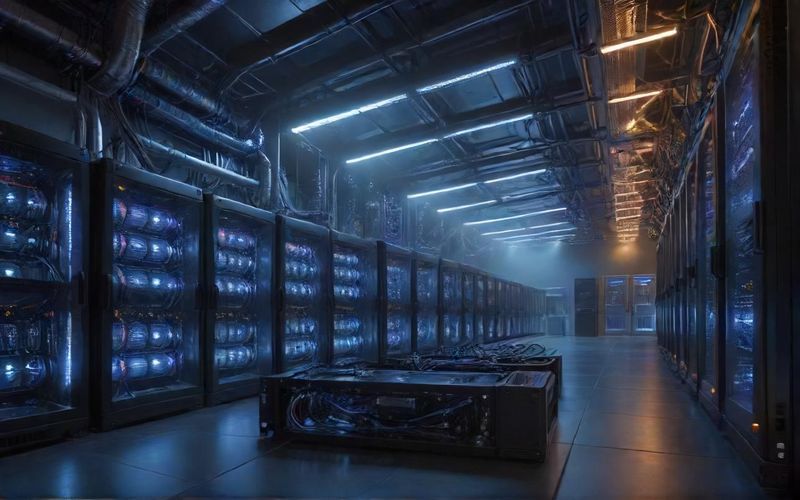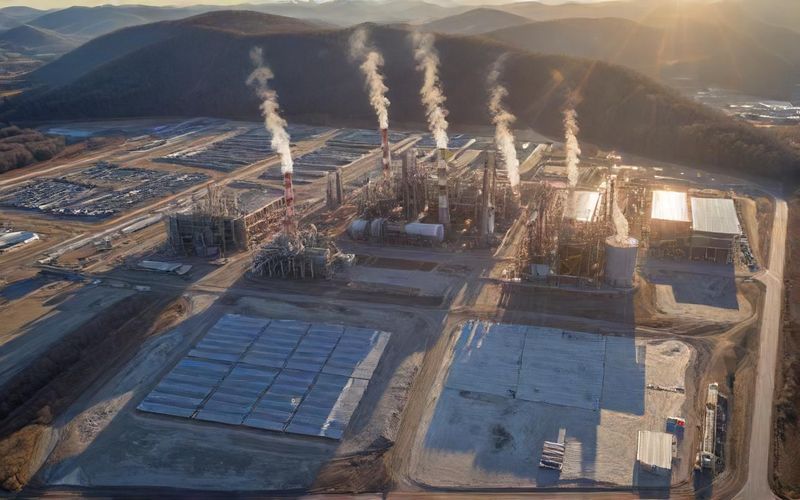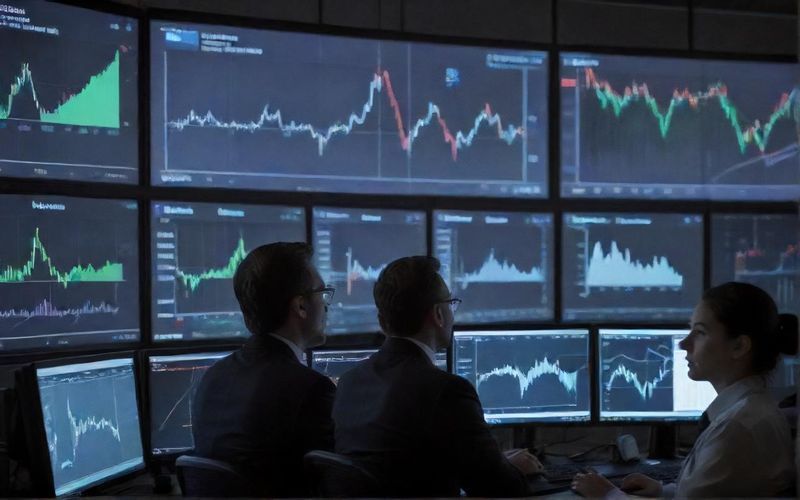Google's AI push fuels crypto miner growth

This symbiotic relationship, however, isn't without its thorny implications. AI training is notoriously energy-intensive, and the reality is that a significant portion of our current power grid still relies on fossil fuels. While the sources suggest that Google is investing in renewable energy projects and aims for carbon-free operations by 2030, the immediate environmental impact of these new, massive data centers cannot be ignored. We're looking at a sector that could account for up to 12% of electricity demand by 2028, and the water consumption of these facilities is equally eye-opening, with large data centers potentially using as much water daily as a town of 50,000 people. It’s a stark reminder that progress often comes with a tangible footprint.
Cipher Mining itself is navigating a complex landscape. As it prepares to report its third-quarter earnings, there’s optimism surrounding the full-scale production at its Black Pearl Phase 1 data center. This facility is expected to significantly boost the company’s Bitcoin output, with ambitious hash rate targets that suggest they are outperforming growth expectations. Coupled with an improved fleet efficiency, Cipher is positioning itself as a top-tier Bitcoin miner. Yet, the shadow of Bitcoin price volatility and tariff uncertainties looms, posing potential risks to their production and financial performance. It’s a delicate dance between technological advancement and market unpredictability, a familiar tune for anyone following the cifr stock.
What’s truly fascinating is the convergence of these two seemingly disparate worlds. The infrastructure built for the energy-demanding, often volatile, world of Bitcoin mining is now being repurposed to fuel the insatiable demand for AI. It's an elegant, if perhaps ethically complex, solution for tech giants needing to scale their AI capabilities rapidly. Instead of building entirely new, colossal data centers from the ground up, they can tap into established, high-capacity operations. This partnership between Google and Cipher Mining isn't an isolated incident; it's indicative of a broader strategy by major tech players to secure the computational resources needed for the AI revolution.
The narrative here is layered. On one hand, we have innovation and economic growth, driven by the exponential rise of AI and the evolution of the crypto space. On the other, we face the persistent challenge of sustainability and environmental responsibility. As these massive deals unfold, and the demand for computing power escalates, we are pushed to ask critical questions about how we can balance technological advancement with planetary stewardship. Is this partnership a harbinger of more efficient, possibly greener, data center solutions, or a further strain on already stretched resources? The future of cifr stock, and indeed the broader tech and crypto landscape, will undoubtedly be shaped by how effectively these competing forces are managed.
As we witness this intricate interplay between AI, cryptocurrency, and global energy consumption, what innovative solutions will emerge to ensure that the pursuit of artificial intelligence doesn't come at an irreversible cost to our planet?









